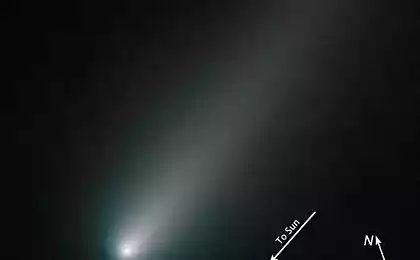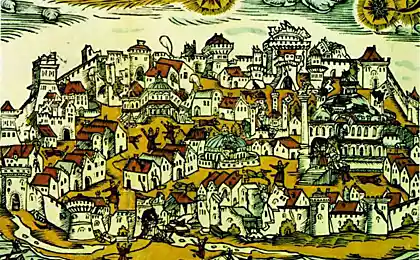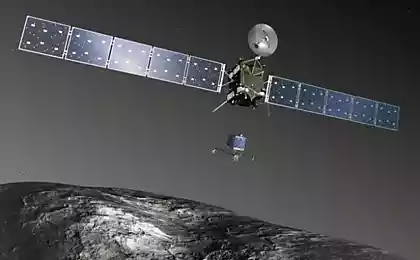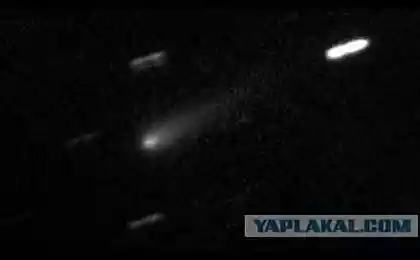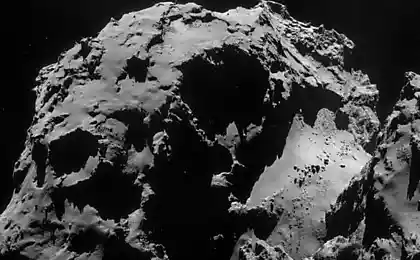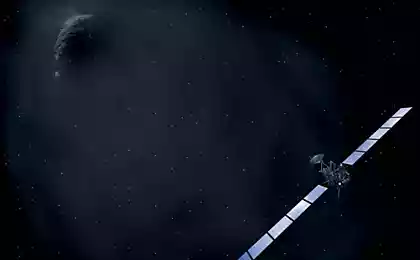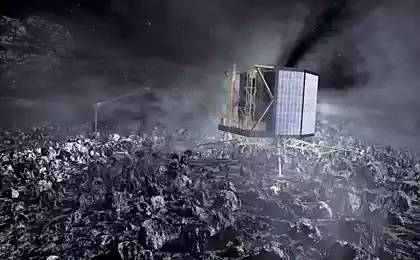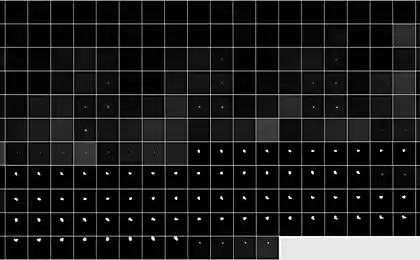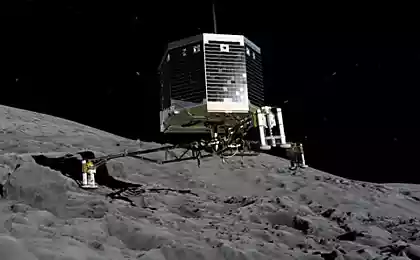770
Video probe Philae landing on the comet Churyumov-Gerasimenko, from ESA
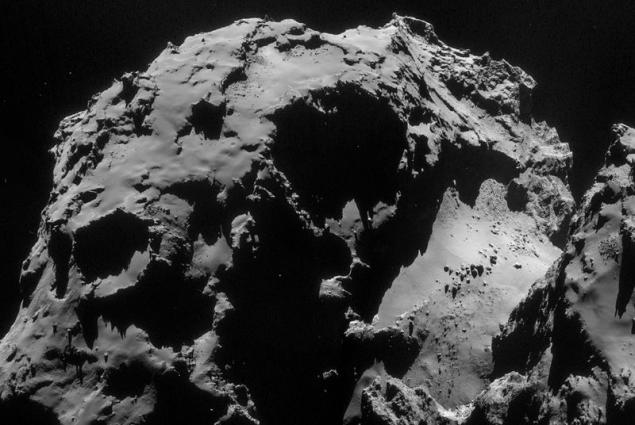
The European Space Agency is a composite of several photos of Philae landing probe on the surface of the comet Churyumov-Gerasimenko video. Accordingly, the resulting video posted online, on YouTube. Interestingly, in the animation sequence stamped all 7 pictures (in fact, there were not many). Each picture is gradually increased, simulating an image that would get the device at least closer to the comet.
The objective was to study the Philae probe comet, data collection and transfer them to Earth. Appropriately, scientists are one step closer to understanding the question of the origin of comets, that can "talk" about the history of the solar system a lot, because a comet appeared in the beginning of the birth of the system, billions of years ago.
As you know, springy Philae landing on the comet's surface was not very successful and went according to plan. However, the probe transmitted to Earth some of the technical details of the landing that allowed scientists to clarify the properties of the surface of a comet. "We have used this to their advantage, since we were able to evaluate the surface hardness of the two regions - are very different," - says one of the participants in the project, researcher Jens Biele (Jens Biele). His team analyzed data from the collision of a comet with the surface of the module to assess the properties of the surface.
As it turned out, the region of the first "meeting" of the probe and the comet is covered with regolith, a material common to the Moon and Mars. Biele said that the comet ejects gas and dust flows when heated and then flakes of dust deposited on the surface.
The second module is the meeting place and the comet was much harder than the first. "Tools Philae, which were hammered into the comet's surface, could not perform the task because of the very hard surface hardness that exceeds the capabilities of the equipment," - commented Bijela. "This is a harder material than we expected to meet on comets" - continued the researcher. Scientists believe that water ice may act as the cement that holds heterogeneous material of a comet.
Studying hard and soft parts of the surface of a comet will help in the future to other "comet" missions whose purpose - to collect samples of comet material and bring them back to Earth.
The researchers also found a number of organic compounds. This was at Geektimes already written . In principle, nothing fundamentally new discovery did not bring it - scientists assumed the presence of organic matter on comets many more decades ago. Anyway organic substances are not something rare in the cosmos.
Source: geektimes.ru/post/262624/


